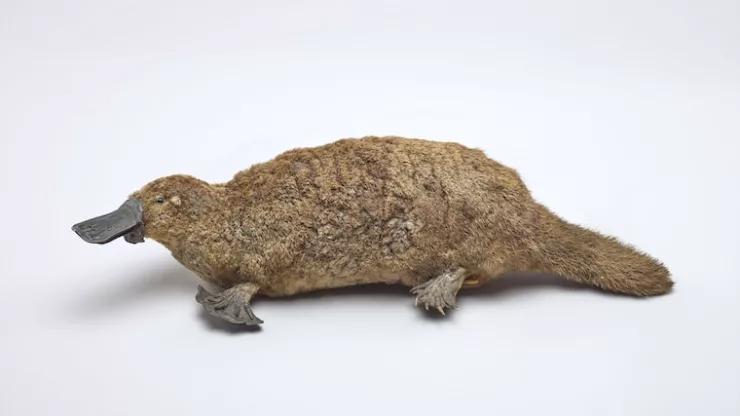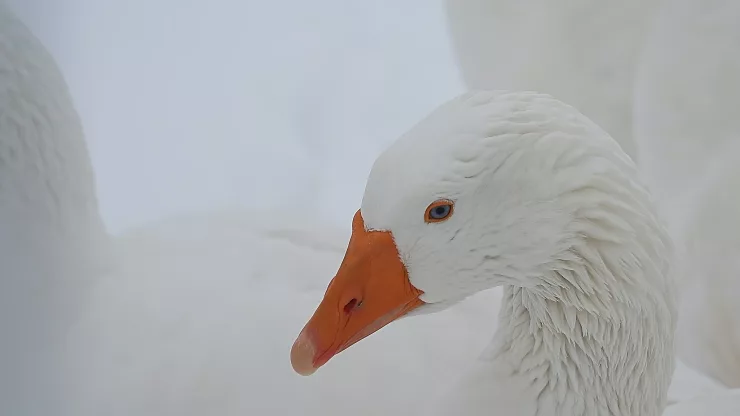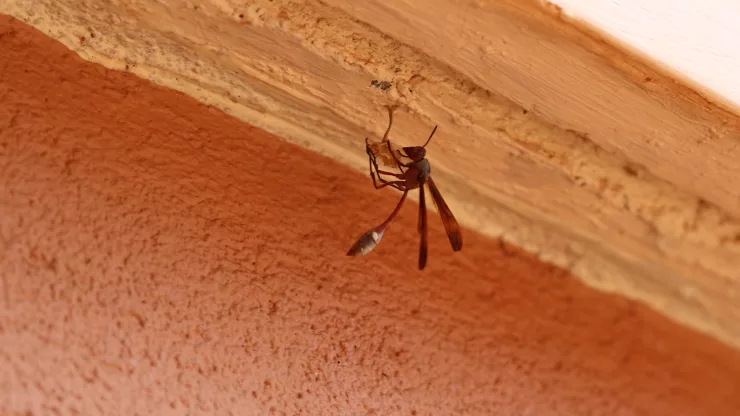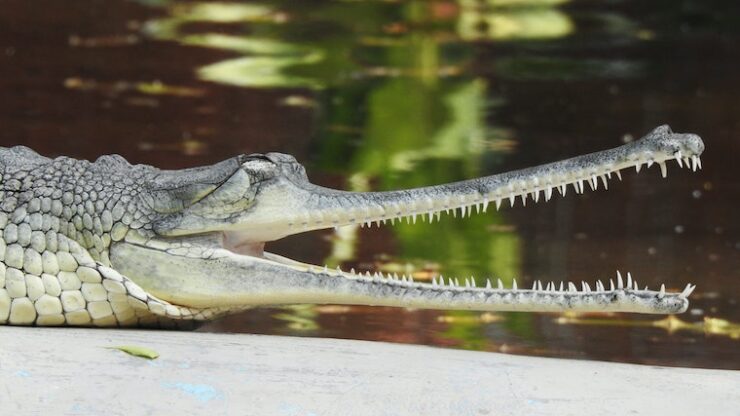Platypuses are unique and fascinating animals found in Australia. They have a combination of features that make them stand out from other animals.
Here are some interesting facts about these extraordinary creatures:
- Platypuses are venomous. Males have venomous spurs on their hind legs which they use for self-defense.
- They are one of the few mammals that lay eggs instead of giving birth to live young.
- Platypuses have webbed feet and can swim for up to 14 hours a day.
- They have a bill that is flat and broad, which they use to detect prey in the water.
- Platypuses use electroreception to locate prey. They can sense the electric fields generated by the movement of a prey’s muscles.
- The bill of a platypus is soft and sensitive to touch. It has more than 40,000 electroreceptors on it.
- They are one of the few animals that are capable of using both their eyes and ears while underwater.
- Platypuses can hold their breath for up to two minutes.
- They have a waterproof coat that keeps them warm and dry while swimming.
- Platypuses are excellent diggers and create burrows on the banks of rivers and streams.
- They are solitary animals and are most active during the night.
- Platypuses are excellent swimmers and can swim underwater with their eyes, ears, and nostrils closed.
- The scientific name for the platypus is Ornithorhynchus anatinus.
- The platypus is one of the few mammals that do not have teeth as adults.
- Platypuses are classified as monotremes, which are mammals that lay eggs instead of giving birth to live young.
- They are found only in Australia, in the eastern states of New South Wales, Victoria, and Tasmania.
- Platypuses have a lifespan of around 17 years in the wild.
- The platypus is a protected species in Australia due to habitat loss and pollution.
- Platypuses are excellent swimmers, and they use their front feet to paddle while their back feet and tail are used for steering.
- Platypuses are excellent at adapting to their environment. They can change the shape of their bill to catch different types of prey.
- They are excellent at camouflage and can blend in with their surroundings.
- Platypuses are important to the ecosystem as they help to control the population of aquatic insects and crustaceans.
FAQ
How do platypuses reproduce?
Platypuses lay eggs, which hatch after about 10 days. The young are born blind, hairless, and helpless.
What do platypuses eat?
Platypuses feed on insects, crustaceans, and small fish.
Are platypuses endangered?
Yes, platypuses are listed as a vulnerable species due to habitat loss and pollution.
How fast can platypuses swim?
Platypuses can swim at speeds of up to 7 km per hour.
Are platypuses social animals?
No, platypuses are solitary animals and prefer to live alone.
Can platypuses fly?
No, platypuses are not capable of flight.

I am a fun fact enthusiast and creator of Facts On Tap.
I love to share my knowledge and curiosity with readers and inspire them to learn something new every day.
When I’m not writing, I enjoy traveling, reading, and playing trivia games with my friends.




